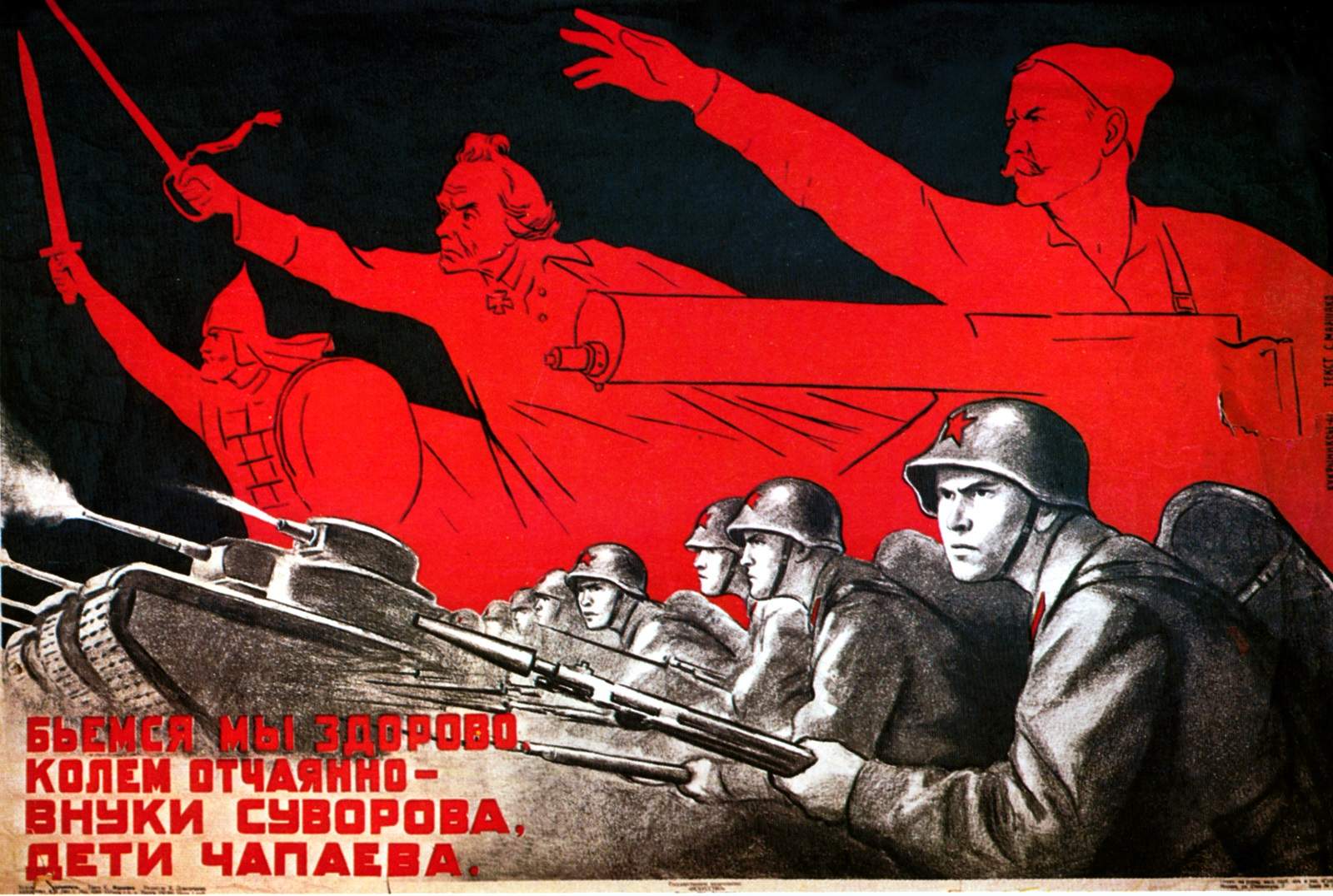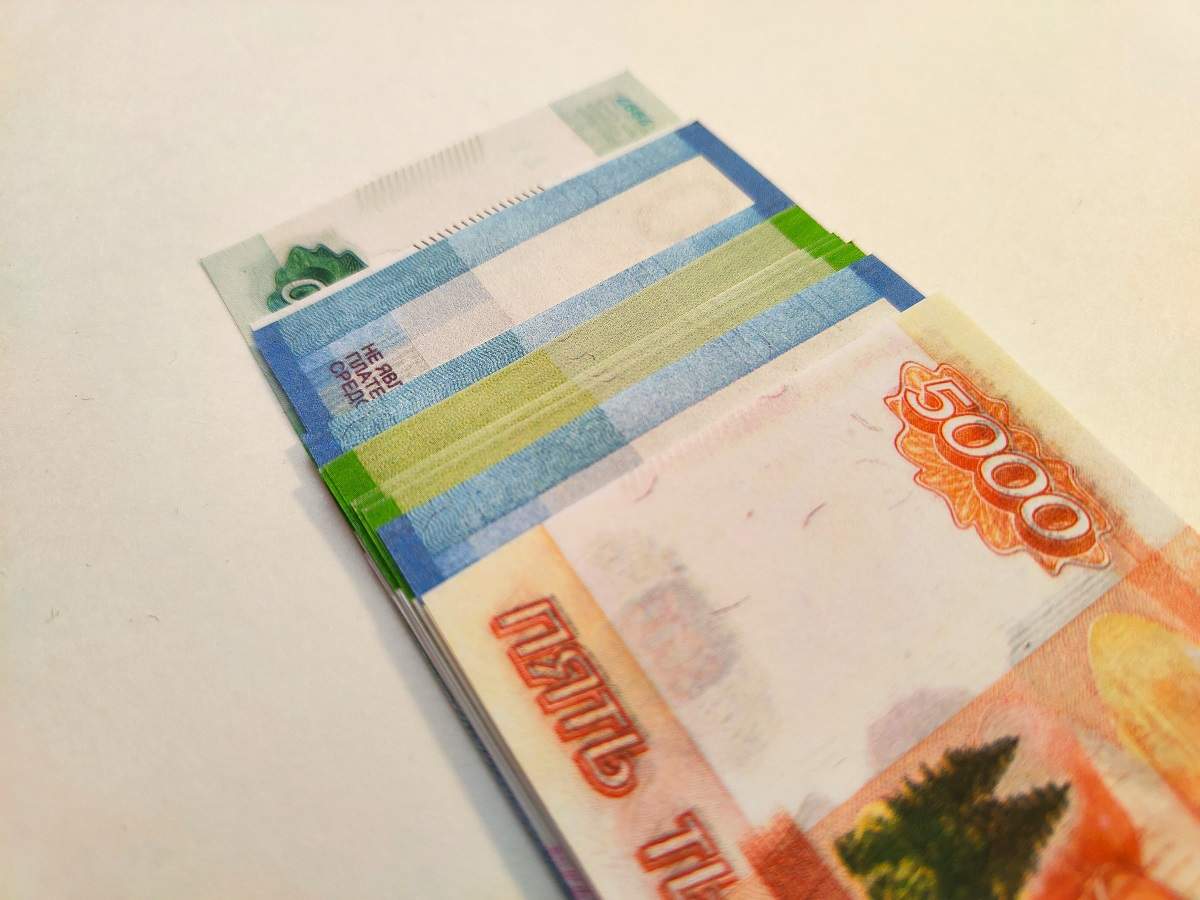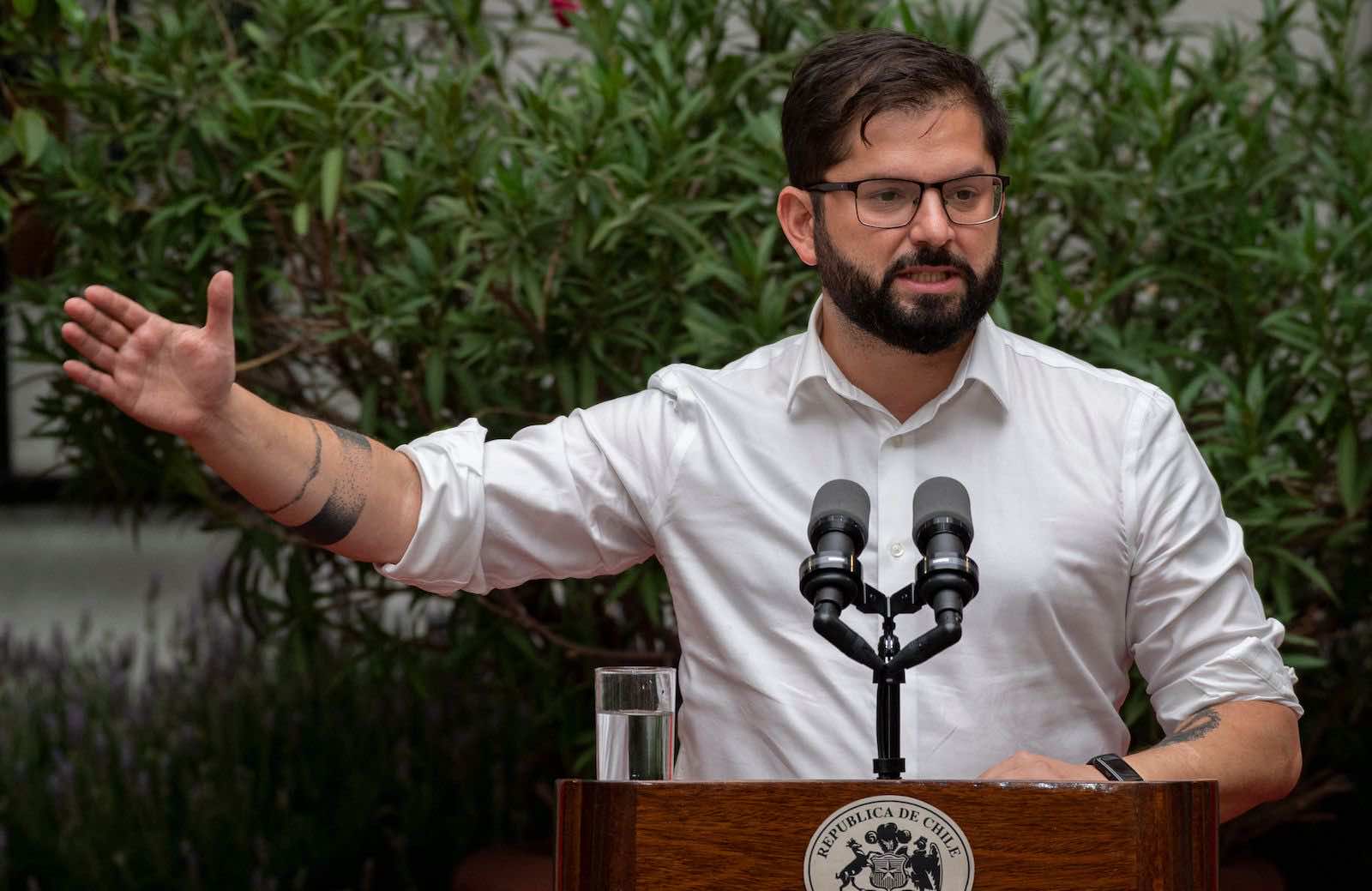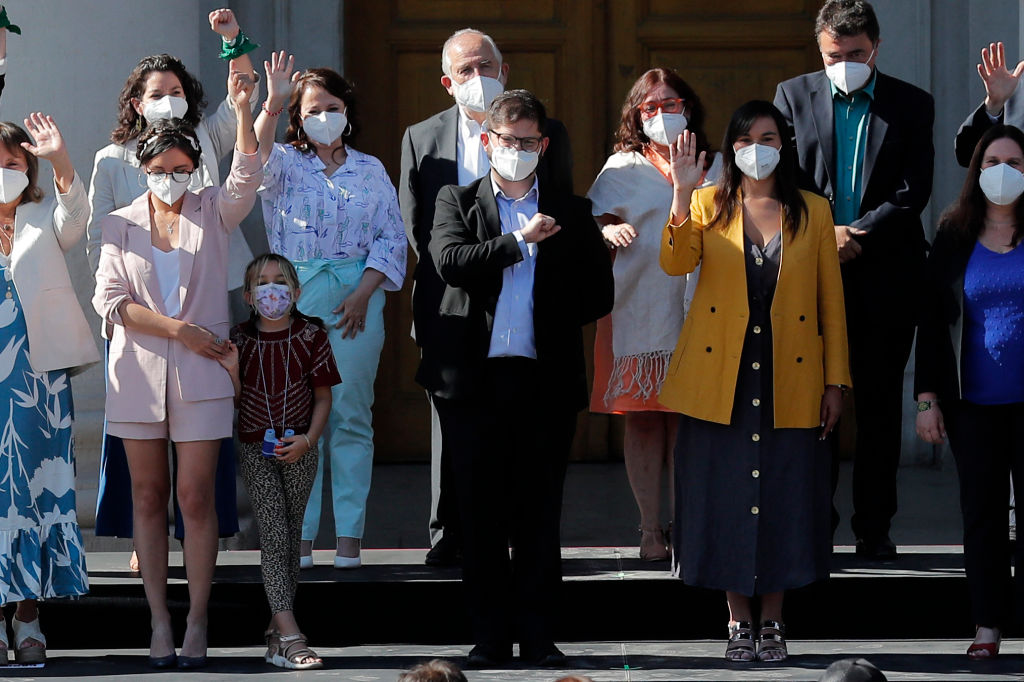Ukrainians protest on streets of Russian-occupied city of Kherson
Protesters in the Russian-occupied Ukrainian city of Kherson have taken to the streets in support of president Volodymyr Zelenskyy.
Artem Ivanov, 42, said Russian soldiers shot bullets into the air as people congregated in the city centre at midday on Sunday.
“There were a lot of people, around 5,000, although I can’t say exactly because it was too difficult to calculate,” the teacher said.
“The people held Ukrainian flags and posters with the words ‘Russian soldiers go back home’ and ‘we support President Zelenskyy’.
“The Russian soldiers were shooting at the air but the Kherson people did not stop and just continued protesting.”
Russian forces took control of Kherson, in the south of Ukraine close to the Black Sea coast, more than a week ago.

According to Mr Ivanov, no-one was hurt during Sunday’s protest, but Russian soldiers began shooting into the air in a bid to disperse them.
“People were so angry and a lot of the Russian soldiers were blocking the street and trying to stop the meeting,” he said.
“The people living in Kherson are not supporting the Russian Federation and the soldiers, we want to be part of Ukraine.”
Mr Ivanov said he gave his wife Olena Ivanova and their three children the option to leave the city as the conflict in Ukraine worsened, but the family chose to stay together.
“At the beginning (of the occupation) when there was shooting by Russian soldiers it was very scary here inside the city,” he said.
“Even around 300 metres outside of our building it was destroyed by the shooting, all in front of my own eyes.
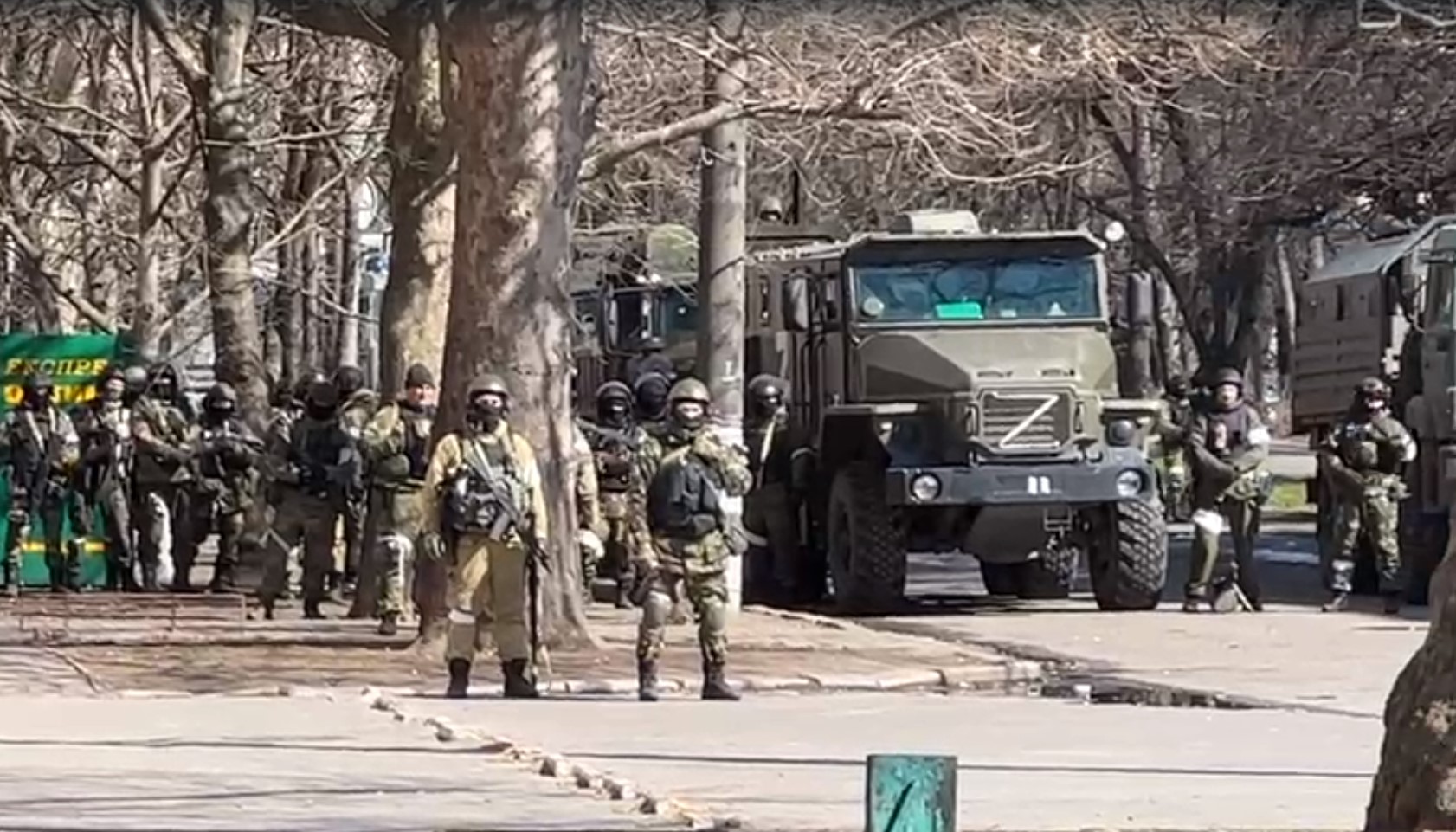
“Every day my wife goes out and photographs what is happening to the city.
“It has been very scary and demotivating thinking about how I am going to be able to protect my family.”
Mr Ivanov said that the Russian soldiers occupying the city have had little support from the local people and appear to be “confused”.
“I saw in their eyes that they’re confused and you can tell they don’t really know anything about what’s going on,” he said.
“They seem like they are demotivated and are very confused, but I just don’t know.
“The Russian government is lying to its soldiers and saying they will make friends here, but nobody supports them.
“They have been told to attack the civilians and some of them don’t like to do it. I’m not defending them but I can see what is happening.”


 © Reuters/VALENTYN OGIRENKO FILE PHOTO: Members of the Territorial Defence Force stand guard at a check point in central Kyiv
© Reuters/VALENTYN OGIRENKO FILE PHOTO: Members of the Territorial Defence Force stand guard at a check point in central Kyiv






